The Capture Map: A New Concept in Self-expression and Idea Capture
Thursday April 16, 2020
Today I’m taking my first steps in publishing a new concept called a “Capture Map.” A Capture Map captures broad sets of ideas so that you can gain an overview, then quickly get deep and begin executing, organizing, or taking things wherever they need to go.
What’s A Capture Map?
A Capture Map is, first and foremost: You, expressing what’s on the inside. Some additional principles:
Open-Canvas Concept: A Capture Map should be thought of as a canvas on which you can express yourself (or your team, etc.) with any degree of abstraction, intent, or lack of intent. If you want to draw a car, that can be part of your map, for example as a core metaphor that expresses your mood, as a theming method for the Capture Map.
Breadth-first Concept: A Capture Map is fundamentally broad-to-deep. Usually you either start with broad effect (“everywhere I go, I see this image,” or “no matter what I do, I’m feeling love throughout my body”) or broad information (“I have at least ten ideas to put down, need to develop a schedule, and want to write down that inspiring quote I just read”). These items are broadly-captured, meaning more time is spent on capturing all the items, and then they are deeply-developed, meaning usually later or toward the end of the exercise, you would extract a direction, organization, conviction, or other outcome.
Whatever the Capture Map shows, the point is that the Capture Map is what’s on your mind. A Capture Map can start and end right there. However, a capture map also…
A. Encourages Development of Captured Items: A Capture Map encourages you to scrutinize the objects on the map. What do they mean to you? What are the accompanying ideas? While Capture Mapping, we seek to extract some inner reverberance, or energy, and leverage that toward expression of meaning and energy in the outer world.
In this way, a Capture Map can help you bridge the gap between art and organization. Sometimes art is just an expression—that’s the end. But sometimes art or image is an inner message to your conscious world. Sometimes art or image is an inspiring bridge to a new technology, or the completion of a long-procrastinated project, or the reconciliation of a broken relationship.
B. Employs Modularity: In future updates I’ll be showing examples of modules that can be used, or not used, with Capture Mapping. Some quick examples:
- Map Metaphor: A Capture Map can be expressed as a software application, if you’d like to draw its interface! A Capture Map can be expressed as a video game. Or a drawing of your heart. Or a map with islands. Capture Maps encourage you to employ as much metaphor as is helpful in creating a model for your state of thought or feeling. This model can then be helpful for communicating with others or remembering how you felt or thought in the past.
- List Activities: A Capture Map can start as a bunch of lists scattered around a page. Lists can then be related to scheduling nodes, or brainstorming artwork.
- The Journaling Node: A Capture Map can contain one or several Journaling Nodes, of any shape or orientation. In this way, a full journal entry can be part of a Capture Map, just as a Capture Map can be part of a journal entry.
- The Mood Sweep. Review your Capture Map and ask—what else is not expressed here? What key thoughts or feelings am I leaving out?
- The Index Node: This node can help you spread a Capture Map across many pages of a notebook, by organizing a guide, or index-style section which helps you orient yourself to the various thoughts or expressions in the Capture Map.
- Sound and Media-inclusive: A Capture Map can indicate, play, or otherwise involve sound. Sound indicates metaphor extremely well, and should be used where possible. The same goes for video and gaming. A video game session can be captured as an inner expression pointing at a reconciliation with outer-world problems.
Let’s talk about how Capture Map is different from other map-type systems:
Difference from Information Mapping
- A Capture Map is not fundamentally research-based.
- A Capture Map does not need to look like a “map of related items”
Difference from Concept Mapping
- A Capture Map does not imply relatedness. A Capture Map can hold disparate ideas or data and does not emphasize relation-seeking or reconciliation unless desired.
- A Capture Map does not need to look like a “map of related items”
Difference from Mind Mapping
- In Capture Mapping, there is no particular emphasis on, or pressure to create, a central node.
- In Capture Mapping, there is no general emphasis on color.
- In Capture Mapping, there is no general emphasis on edge styles.
- In Capture Mapping, there is no general emphasis on interconnectedness. Connections may be added or be erased, at any time. (Archipelago concept)
- A Capture Map does not need to look like a “map of related items”
- A Capture Map can start and end with a single image; sometimes that central image is a single, but powerful message to the Self, or to the Team.
So…Do you just draw or write whatever is on your mind?
That’s the first step! Here are some examples.
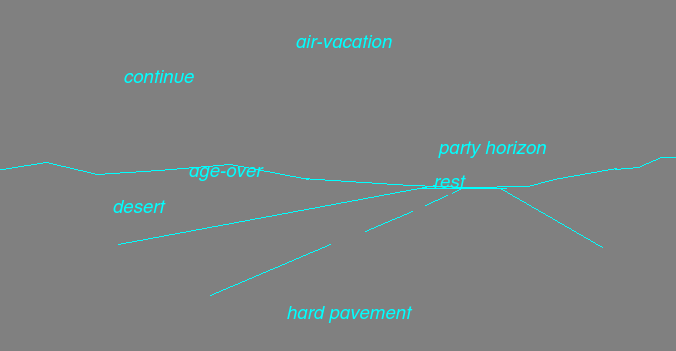
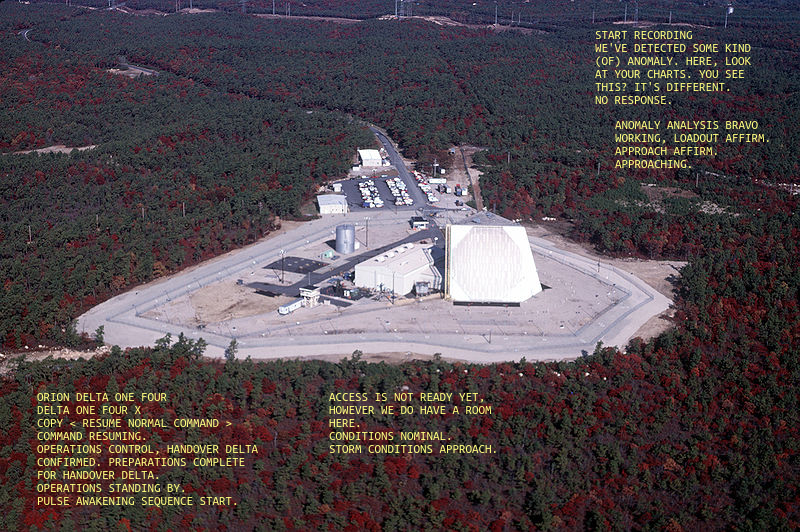
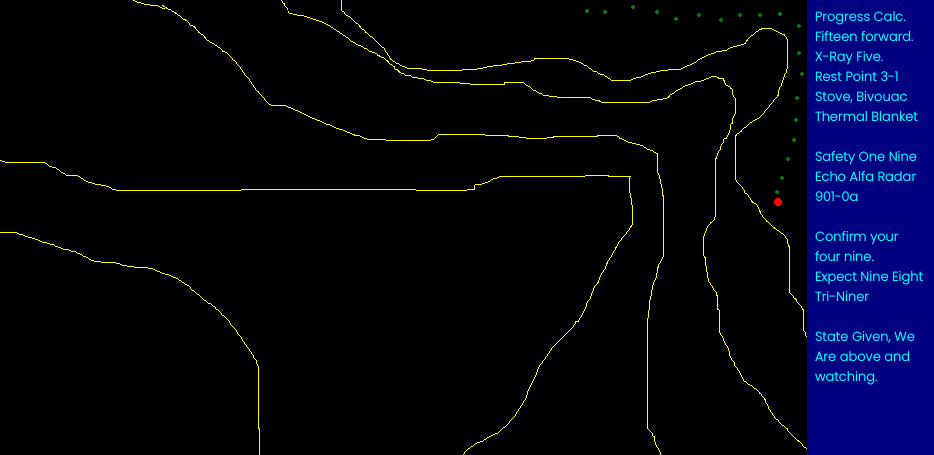
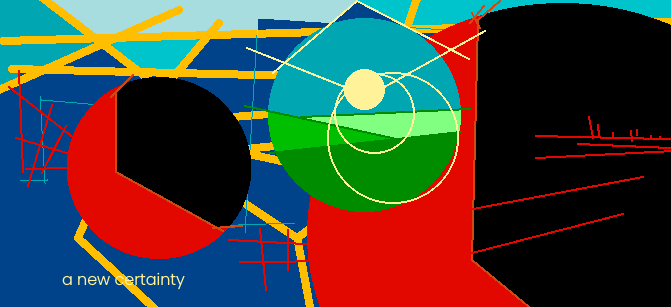

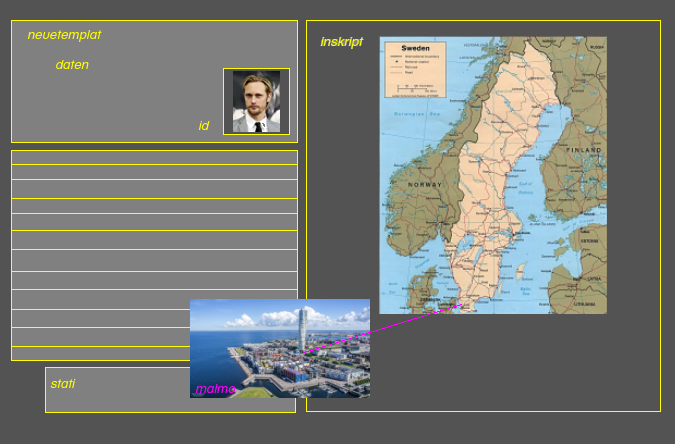
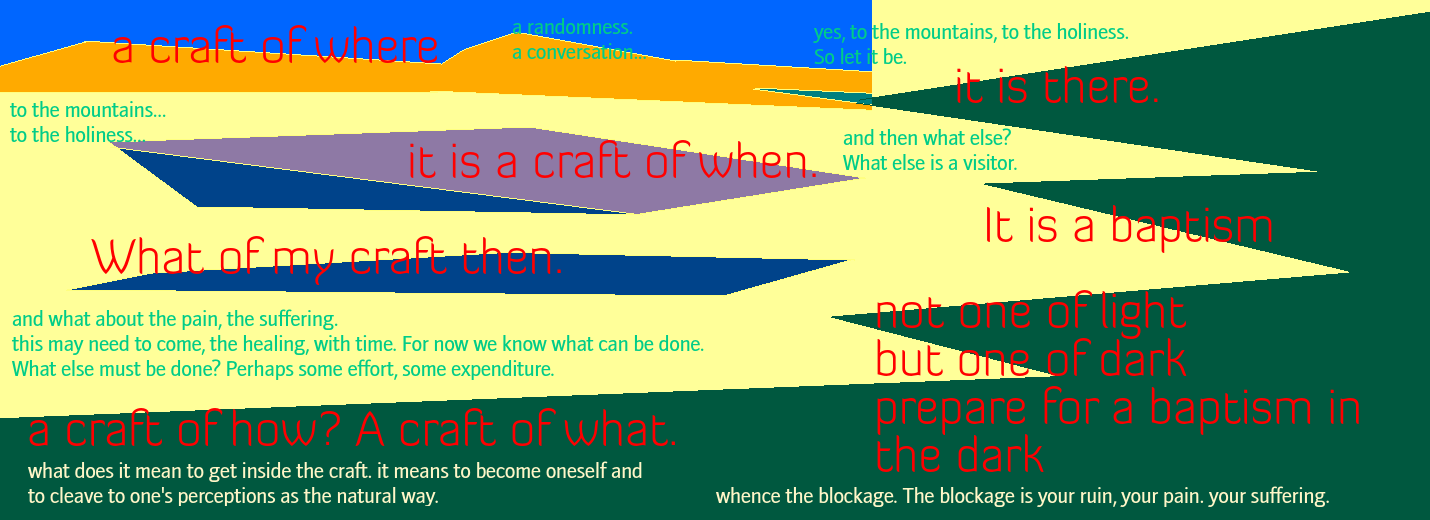



The item above may look like: A mockup, a graphic design sample. It is those, but it is also metaphor, a map of a way in which I needed to change the way I was looking at my current problem set: Employ precision, elegance, technical creativity, and inner emotion.
Collage-centered Capture Maps:
Collage A:

Collage B:

Collage C:

Collage can be interpreted as a signpost: It’s where you are. But collage can also be interpreted as a map: It’s where you need to go. In each of the cases above, my inner expression told me where I needed to go.
Big Problem: Do I need to be an artist? I’m so not an artist.
Nope! You can make lists, use spreadsheets, and find your favorite music to listen to when doing so. From there, your understanding of the additional techniques of Capture Mapping will probably only get better.
Some of my most effective maps have been spreadsheets with some found icons, googled imagery, or captions spread around the page.
As your practice matures, you will find that a new depth arises. Spreadsheets are not as limited anymore. Doodles are no longer just doodles. They may help you open up an entire new world and lead to everything you ever wanted for yourself or others.
After I’ve drawn, or written, then what?
After you draw, list, spreadsheet, or otherwise express yourself, you can be done! A big point is to get what’s on the inside, out.
You can decide if you’d like to deepen your practice from there, for example by asking…
- What am I ready to do now, that I wasn’t ready to do before?
- What direction did this give me?
- Thinking about a person who creates this—where do they go from here? Where does their work direct them to travel? Or how does their work reveal new and plausible strategies?
- What does this say about me—the colors I used, the words written? What does it say about my strengths in this situation? My pain points?
- “Is that really it? Are there colors, moods, feelings? Are there visions, hopes, dreams?”
Are there steps I should make sure not to leave out?
Here are some anti-patterns! Things not to do:
- Don’t think this is “just” drawing or collage.
- Don’t limit yourself to one idea, or focus on one idea, topic, or goal. The point is to express as many as you want to get out of your mind. New ideas, people, problems, projects, whatever. A Capture Map could easily encapsulate hundreds or thousands of discrete topics.
- Don’t miss out on the analysis step. What came out? How does it feel? What needs to happen next?
- Don’t try to relate everything to everything else. While such relations are possible, they’re not everything. If relatedness helps you, use it. If it doesn’t, don’t.
- Don’t forget that a big part of Capture Mapping is enabling productivity. While it’s not just a checklist tool, it’s also not just a feelings exercise. While it’s not just a spreadsheet tool, it’s also not just a mandala tool.
What software do you use for this?
So far the most widely-available, general purpose Capture Map software I’ve found is graphics software:
- Inkscape, Affinity Designer, Adobe Illustrator, etc.
- MS Paint, Kolourpaint, JS Paint, etc.
- Libreoffice Draw, or any of the Libreoffice software packages. Also MS Word, Softmaker Office, etc.
Note that one of the advantages of using an office package can be specific elements like built-in spreadsheeting. A spreadsheet could be an important part of a Capture Map which deals with tabular or spreadsheet-ready data. Further, presentation software could help add interactivity or an extra dimension of depth to a capture map, for example showing how an idea on the map could change over time.
What about paper, pens, pencils?
I’ve used it all. This is why I developed Capture Mapping, as a way to unify all of the good things I experienced in various media.
In the future I hope to share more about this new concept. It’s been a lot of fun to build. Finally:
What should an INTJ keep in mind about this concept?
Details Matter: I know it can be tempting to say, “oh, so it’s just…(something I knew about, or knew how to express before)” but in fact the details really matter. In my research I never found a system matching its design, philosophy and results in one package.
Experience Matters: You may not be able to “know” this until you practice at it for some time. I hope to continue introducing materials to assist.
Filed in: Therapeutic Practice /145/ | Intuition /63/ | Technology /41/ | Control /111/ | Thinking /70/ | Energy /121/ | Goals /52/ | Planning /17/ | Publications /44/ | Productivity /120/
Recent Articles
Just Writing to Write, Just Expressing Because it's Life →
The NT Factor: How Harris and Walz's Personality Types Could Shape Their Presidential Bid and/or Presidency →
Predictive Contenders: Allan Lichtman (ENTP) and Cenk Uygur (INTJ) on US Presidential Election Predictions →
How to Organize & Structure a New Binder or Notebook (Fractal Method) →
Sharpening, Reading, Listening, Watching, Timing. →
Things I Made for You
Own your procrastination with Whole Productivity, a new system → Get my free INTJ COVID-19 Guide → Explore your gifts with my INTJ Workbook → Other Publications → ...and the fake word of the hour: "Hiskerp." Which I believe is a term used when speaking about uncontrollable gas.
